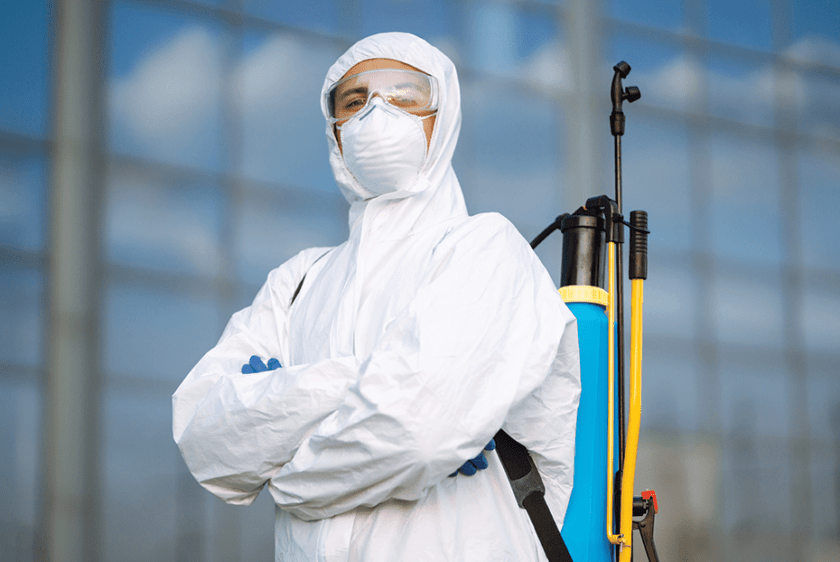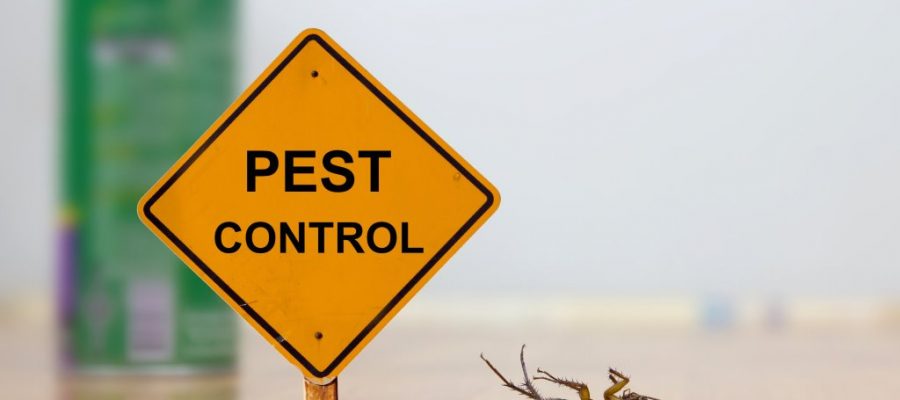Eco-Friendly Bug Control Approaches for Managing Wildlife in Urban Locations
Urban locations commonly find themselves at the crossway of human task and wildlife, resulting in special difficulties in parasite management. Green techniques emphasize sustainable coexistence, employing methods such as environment modification and all-natural repellents to minimize human-wildlife conflicts. These methods not just protect the environment but additionally enhance area engagement in wild animals administration. As city populaces continue to grow, comprehending the characteristics of wild animals communications comes to be increasingly essential. What ingenious techniques can be carried out to ensure both ecological balance and urban safety and security? Discovering this inquiry discloses a compelling landscape of potential options.
Recognizing Urban Wildlife Dynamics
Understanding Urban Wild animals Dynamics is crucial for developing efficient and environment-friendly parasite control methods. Urban locations are progressively coming to be environments for numerous wild animals species, driven by factors such as habitat fragmentation, food schedule, and human advancement. Recognizing these dynamics enables a nuanced strategy to pest management that aligns with environmental principles.
Urban wildlife frequently includes varieties such as raccoons, squirrels, and birds, which adjust to city environments, finding particular niches in green rooms, parks, and also property areas. Their presence can bring about conflicts with human beings, especially when they make use of personnels for food and sanctuary. Understanding the actions and eco-friendly functions of these types informs strategies that reduce unfavorable communications while promoting biodiversity.
Moreover, acknowledging the interdependencies within urban ecological communities assists in identifying crucial areas for environment preservation and restoration. This knowledge adds to the advancement of incorporated bug management (IPM) strategies that take into consideration the environmental balance, thereby minimizing dependence on damaging chemicals. By cultivating coexistence between human beings and urban wildlife, cities can develop healthier atmospheres that profit both citizens and local communities, paving the way for lasting urban living.
All-natural Repellents and Deterrents
All-natural repellents and deterrents supply a sustainable alternative to traditional pest control approaches by taking advantage of the power of nature to keep undesirable types at bay. These environment-friendly remedies typically use plant-based ingredients, vital oils, and various other naturally occurring compounds that hinder bugs without damaging the atmosphere.
One efficient all-natural repellent is peppermint oil, which is recognized to repel rats and bugs. Its solid scent is unpleasant to several parasites, making it a preferred choice for urban setups. Vinegar and citrus peels can serve as deterrents, as their solid odors are commonly uninviting to various wild animals.
Additionally, diatomaceous planet is a natural powder that can be spread in locations susceptible to insect activity, effectively drying out and discouraging bugs without positioning dangers to non-target types. Furthermore, garlic sprays and neem oil are recognized for their capability to ward off a large range of parasites, including both pests and bigger wild animals.
Implementing these natural repellents not just minimizes reliance on chemical pesticides however additionally promotes a healthier metropolitan ecosystem, fostering a much more well balanced conjunction in between people and wild animals. By using these strategies, metropolitan areas can efficiently manage pest populations while minimizing environmental influence.
Habitat Alteration Methods
Reliable habitat adjustment strategies play a vital duty in lasting pest administration by changing the environment to make it much less for pest invasions. By comprehending the eco-friendly characteristics of metropolitan locations, residential or commercial property owners can execute critical adjustments that discourage pests while advertising biodiversity.
(Fire Ant Control)One key technique includes preserving appropriate cleanliness. This includes normal waste removal, protecting garbage can, and eliminating standing water to lower reproducing sites for pests and rodents. Additionally, landscape design techniques such as choosing native plants can enhance ecological equilibrium, offering environments for advantageous organisms while reducing sources for parasites.
An additional vital strategy is to seal entry factors in structures. Evaluating and fixing splits in structures, walls, and home windows can considerably minimize bug accessibility. Creating physical barriers, such as fences or plant barriers, can hinder wildlife movement into human-inhabited locations.
Integrated Parasite Monitoring Practices
Building upon habitat modification methods, integrated pest administration (IPM) practices use a holistic approach to controlling parasite populations while decreasing ecological effect. IPM combines numerous methods, including biological, cultural, mechanical, and chemical controls, to attain reliable insect administration.
Organic control involves the intro of natural predators or parasites to decrease pest populations. Social techniques, such as plant rotation and hygiene, interfere with pest life process and lessen their environments - Pest Control. Mechanical controls, like catches and obstacles, supply prompt remedy for pest pressures without chemical intervention
Chemical controls are made use of as a last hope, concentrating on targeted applications that restrict harm to non-target species and the atmosphere. The option of ecologically pleasant pesticides, when needed, is important to the IPM structure. Additionally, monitoring bug populaces and examining possible damage assists notify decision-making, making certain that interventions are timely and effective.
Community Involvement and Education And Learning

(Mouse Control)Workshops and informative sessions can outfit citizens with understanding regarding native types, environment preservation, and reliable safe bug management techniques. Cooperation with institutions, regional companies, and government agencies even more enhances academic outreach, ensuring that vital details gets to diverse Get the facts audiences.
In addition, community-led campaigns, such as area clean-up days and habitat restoration projects, not just advertise biodiversity but also strengthen community ties. Pest Control. By encouraging citizens to share their experiences and observations, neighborhoods can develop targeted approaches that resolve details regional pest issues
Integrating responses from citizens into bug management plans allows a more responsive and flexible strategy to wild animals difficulties. Ultimately, educated and engaged areas are essential to achieving long-term success in green parasite control, causing healthier city environments that value both human and environmental requirements.

Final Thought
In final thought, environment-friendly parasite control approaches offer lasting remedies for managing urban wild animals. By focusing on habitat adjustment, making use of natural repellents, and executing incorporated pest management practices, areas can foster a harmonious conjunction with neighborhood fauna. Additionally, involving residents via education and learning enhances awareness and encourages liable wildlife communications. Inevitably, these techniques not just protect biodiversity but additionally advertise ecological health, guaranteeing city areas remain lively ecological communities where human beings and wild animals thrive together.